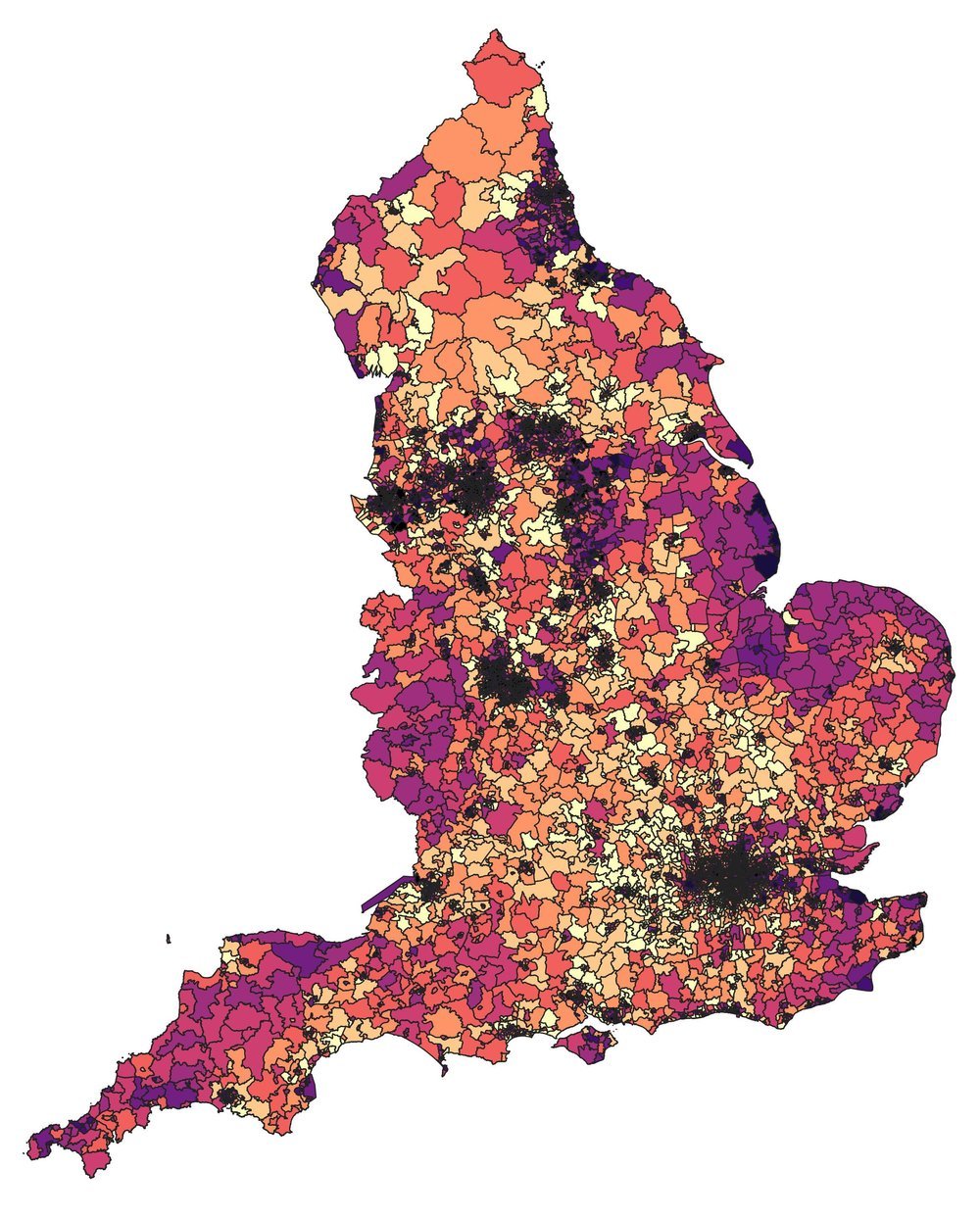Standing Up for the Multi-Ethnic Working Class Women’s Health in the Climate Crisis Conversation
November 2021
by
Lead Author: Josh Artus
Before reading this report please note that we are a non-profit grant and citizen supported lab, we use our funding to create free scientific reports, which provide foundational knowledge about health, health inequities, and health justice. We prioritise the hiring of scientists and researchers from marginalised communities to ensure that the lived experience is covered in an ethical, inclusive, and accurate manner.
Our goal is to be an open lab that is “for the people by the people” and your support helps make that happen.
DESCRIPTION
Today, 5 November 2021 COP26 will be focusing on Public Empowerment.
We want to support multi-ethnic working class women in the conversation of climate justice and health equity. It is now common understanding that the climate crisis will not be affecting people equally, but little attention is given to understanding the pathways that fuel this inequity or clear strategies to rectify them.
In this brief report, Centric will look at the UK to identify the demographic that is being put at most risk of poor health outcomes due to the ongoing climate crisis.
First let's start by understanding that climate change is not just about the physical infrastructure, it has clear consequences for health. For example, when a person is faced with living in areas with higher levels of heat, this can cause death, heatstroke, respiratory problems, and exasperate conditions such as arthritis.
Secondly, it can prevent a person from getting quality sleep, with time this can lead to metabolic dysregulation which is a pathway for diabetes, obesity, and hormonal disorders.
Therefore, identifying who our current system is making more vulnerable to the effects of climate change is imperative to our Healing Futures.
We must acknowledge that climate change is the result of planetary dysregulation which starts with environmental pollutants.

Strategies that eliminate environmental pollutants and their biological burdens are an integral part of climate change solutions.
We used Centric’s Biological Inequity Index in combination with single parent household data to identify which demographic is highly vulnerable to the effects of climate change.
We chose single parent households, because single parent households have a disproportionate exposure to biological stress.
From the parent's side, they are more likely to do shift work, experience financial stress, feel socially isolated, suffer from insomnia.
On the children’s side, they are forced to be separated from their parents due to capitalist structures which prevents their parents from accessing equitable pay. They can also face malnutrition, stress of raising their siblings, social isolation, trouble sleeping, and loneliness.
Due to lack of equitable pay they are both forced to live in areas of high air, noise, light, and heat pollution, which adds another layer of biological stress exposure.
An Analysis
The Biological Inequity Index as Middle Super Output Layer
Results
Women disproportionately represent 90% of the “lone parent households”.
Using the Pearson technique there was a 0.7 correlation showing a high (strong) representation of lone female households with dependent children and high levels of biological inequity in their home area.
The women identified belong to the multi-ethical working class, therefore this phenomena is due to the systemic outputs of people being gendered, racialised, and classism.
Multi-ethnic working class women are also exposed to work related biological stress. Most of this demographic will be care workers or cleaners, which exposes them to harsh chemicals. They will have long commutes on buses and trains which exposes them to additional air pollution. They are more likely to do shift work which affects circadian (sleep/wake cycle) rhythm.
Identifying the locations for climate justice Levelling Up
This is a message of solidarity. We stand with all the multi-ethnic class women and the families they support , as they will face the greatest burden of climate change.
These are the most pressing areas in the UK by region with the highest representation of lone female households with dependent children and their relative percentile of biological inequity.
North London
Harlesden
Biological Inequity Ranking: 85%
MSOA: E02000123
South London
Slade Green & Crayford Marshes
Biological Inequity Ranking: 71%
MSOA: E02000072
East London
Homerton South
Biological Inequity Ranking: 100%
MSOA: E02000363
West London
Northolt West
Biological Inequity Ranking: 71%
MSOA: E02000240
North East England
Byker, Newcastle Upon Tyne
Biological Inequity Ranking: 87%
MSOA: E02001733
North West England
Speke East, Liverpool
Biological Inequity Ranking: 93%
MSOA: E02001405
East Midlands
Broxtow & Cinder Hill, Nottingham
Biological Inequity Ranking: 87%
MSOA: MSOA: E02002878
West Midlands
Glebe Farm, Birmingham
Biological Inequity Ranking: 87%
MSOA: E02001880
South East England
Buckland & St. Radigunds, Dover
Biological Inequity Ranking: 85%
MSOA: MSOA: E02005051
South West England
St. Pauls, Bristol
Biological Inequity Ranking: 85%
MSOA: MSOA: E02003034
ACTION POINTS
Women’s health is often confined to reproductive organs, however it goes way beyond this boundary.
Firstly, we need to understand that “women” is not a catchall phrase; it is a full spectrum of ages, racialisations, classes, and genders all which have very specific systemic health needs. For multi-ethnic working class women we need to address the following
Social infrastructure; in the words of Indigenous scholar Kim Tallbear, there are no single mothers when we are able to build kinship and community.
Economic infrastructure; capitalism is the cause of family separation and the heavy burden that is put on a single parent household. The protection of capital over people is what fuels the lack of equal pay and laws that neglect to protect the health of essential workers. As long as this continues single parent households will continue to be a health risk to multi-ethnic class women.
Urban infrastructure; Centric has put forward a plan for Healing Futures where we look at mobility, biodiversity health, environmental pollutants, and housing.


